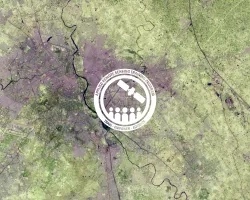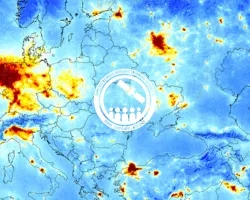Description
June 01, 2017 - June 15, 2017
Every year, environmental conditions adversely affect the health of millions of people. Environmental data can be combined with public health information to predict and monitor potentially dangerous environmental health events, such as disease outbreaks, harmful algal blooms, excessive heat, airborne allergens, and low air quality.
In this advanced webinar, participants learn how to access and apply NASA data relevant to public health. The webinar includes a presentation on tools available for evaluating the relationship between environmental conditions and health outcomes, followed by lectures on pollen dispersal and heat stress mitigation. Two homework assignments will give participants an opportunity to review and practice what they have learned during the presentations.
- Sessions 1 and 2 of Fundamentals of Satellite Remote Sensing for Health Monitoring
By the end of the training, participants will be able to:
- Use satellite remote sensing to increase their knowledge in environmental health research
- Complete original homework problem dealing health and environmental satellite data
- Identify which satellite data sources that could be used in their research
Public health professionals and decision makers from local, state, federal, and international agencies, NGOS, and the private sector.
- Three 1-hour sessions
This session will discuss the type of environmental data that can be acquired, as well as search and retrieval engines download these data. Also discussed will be sources of health data and public domain tools for evaluating relationships between environmental data and health outcomes. The session will briefly cover examples of applications, and a hands-on homework assignment will allow attendees to practice skills in acquiring and using environmental data to answer health related questions.
Pollen can be transported great distances. A practical method for tracking pollen combines modeling and phenological observations using ground-based sampling and satellite data. This session will cover available data sources for determining pollen levels nationwide, coupled with a National Phenology Network that tracks the phenology of many species through inputs from citizen scientist observers. We will also discuss how remote sensing using satellite images, along with atmospheric transport models, plays a role in our understanding of pollen phenology.
This session will provide an overview of heat stress mitigation efforts in New York and Florida, methods for integrating satellite data into health research, and leveraging stakeholder collaboration for developing local applications for public health.



